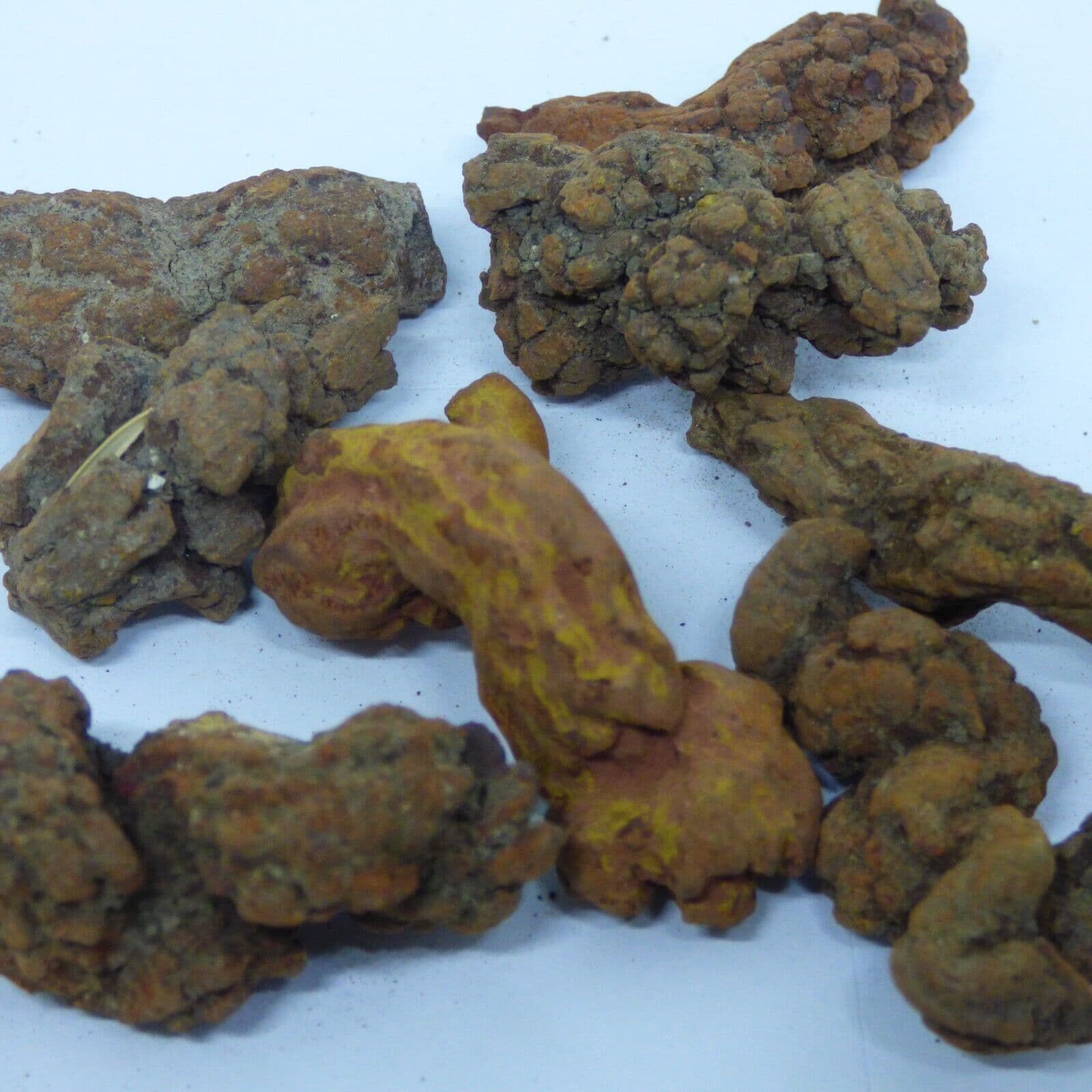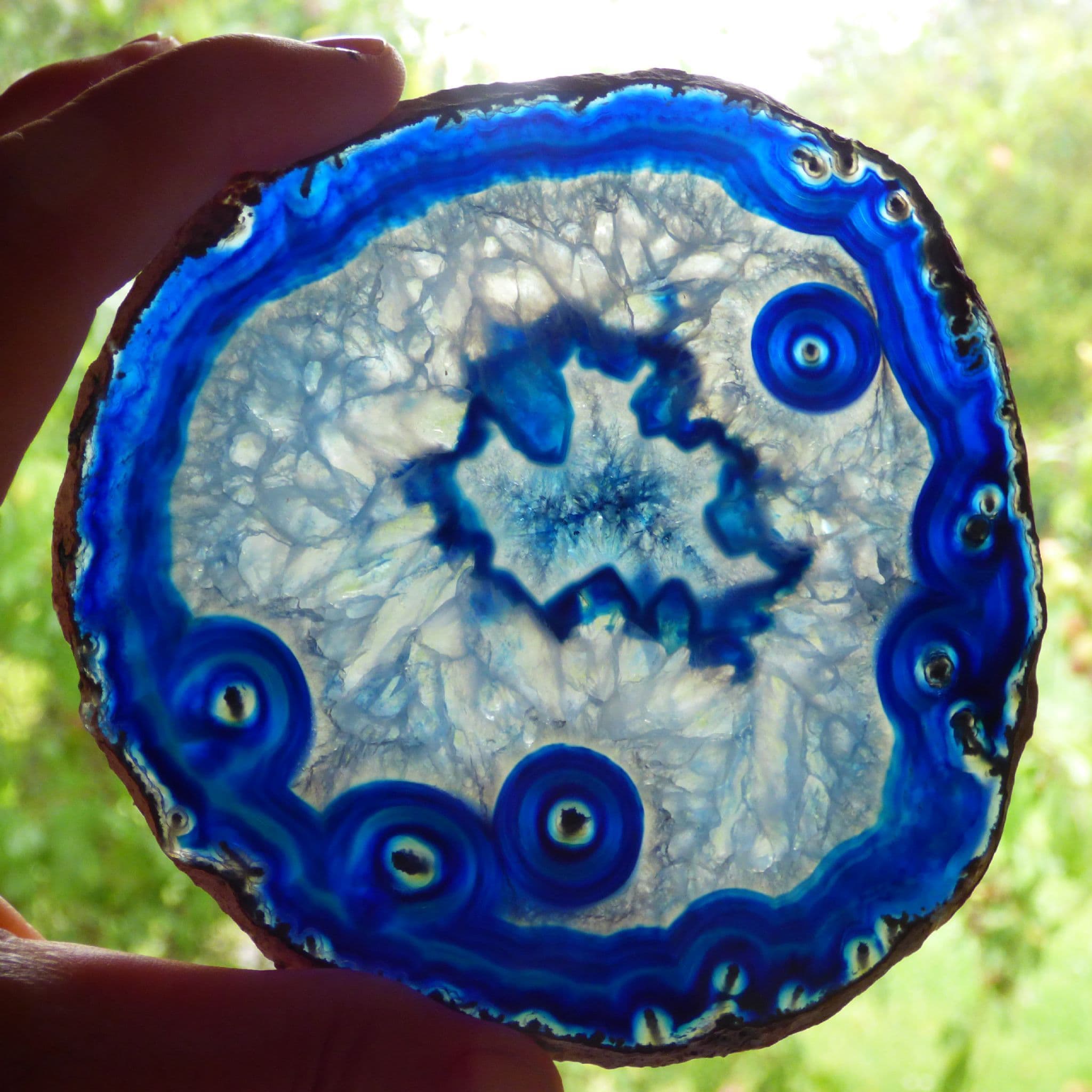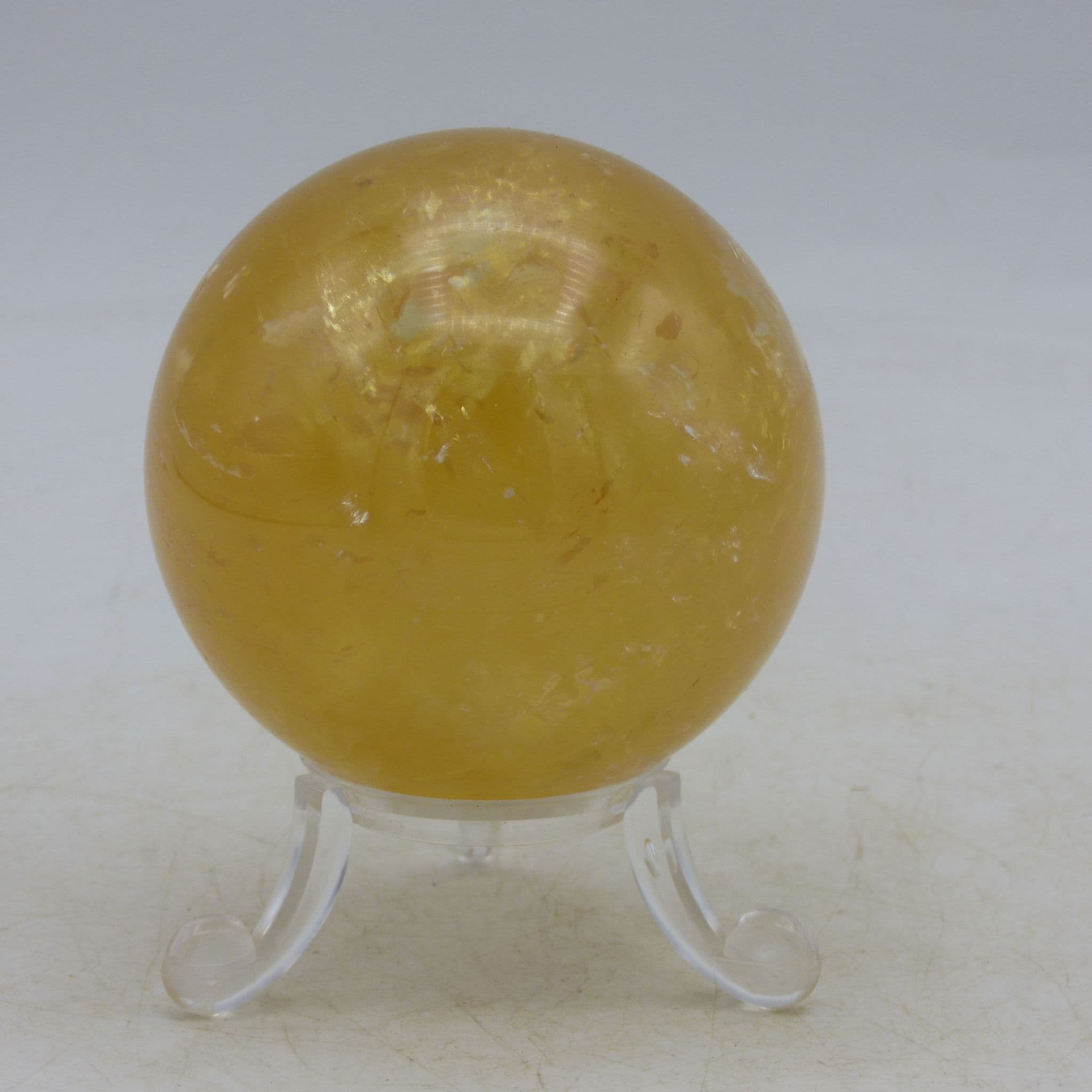Amethyst: A Gem of Beauty and Mystery
Amethyst is one of the most enchanting and beloved gemstones in the world. Known for its stunning shades of purple but also some of paler shades of grey, this gem has captivated humans for centuries
What is Amethyst?
Amethyst is a variety of quartz, one of the most abundant minerals on Earth. Its vibrant purple hue comes from trace amounts of iron and other minerals within the quartz crystal lattice. The colours can range from pale lilac to deep violet, with the most sought-after stones displaying a rich, even tone. Amethyst has a hardness of 7 on the Mohs scale, making it durable enough for everyday jewellery.
How is Amethyst Formed?
The formation of amethyst begins deep within the Earth’s crust. It forms in geodes—hollow, bubble-like cavities in volcanic rock. Over millions of years, silica-rich fluids seep into these cavities. Under the right conditions of temperature and pressure, the silica crystallizes, and trace elements like iron give rise to the purple coloration of amethyst. Geological time and natural processes work together to create these stunning crystals, which can take thousands to millions of years to form.
Brazil: The Land of Amethyst
Brazil is one of the largest producers of amethyst in the world. The Rio Grande do Sul region, in particular, is famed for its magnificent geodes filled with amethyst crystals. These geodes are often cracked open to reveal dazzling, purple interiors that are prized by collectors and jewellers alike. In addition to Brazil, amethyst is also mined in countries such as Uruguay, Zambia, and Russia, but Brazilian amethyst often stands out for its exceptional quality and unique formations.
The Chemistry Behind Amethyst’s Beauty
At its core, amethyst is made up of silicon dioxide (SiO2), the same compound that forms quartz. The magic happens when small amounts of iron are incorporated into the crystal structure. When exposed to natural radiation from surrounding rocks over time, the iron undergoes a transformation, resulting in the purple colour we see. In layperson’s terms, think of amethyst as nature’s canvas, with iron and radiation acting like an artist’s brush and palette.
Healing Properties and Spiritual Significance
Amethyst has long been associated with healing and spiritual growth. In ancient times, it was thought to ward off intoxication and promote clarity of mind. Today, it is still revered for its calming and balancing properties. People often use amethyst in meditation to enhance spiritual awareness and intuition. It is believed to:
- Relieve stress and anxiety
- Promote restful sleep
- Encourage emotional balance
- Support sobriety and clarity
Whether you’re a believer in its metaphysical properties or simply appreciate its beauty, amethyst is undeniably a stone that inspires serenity and wonder.






























